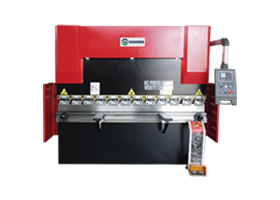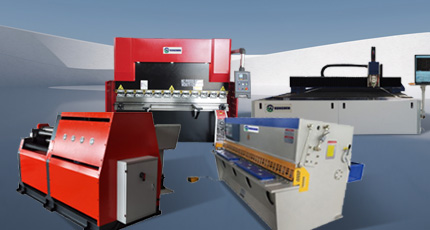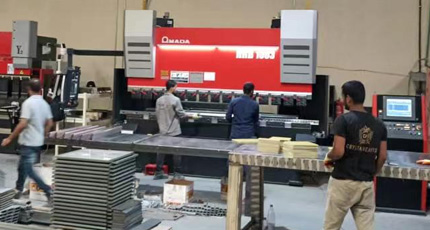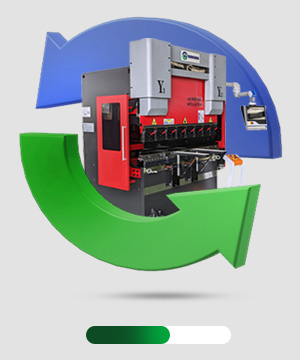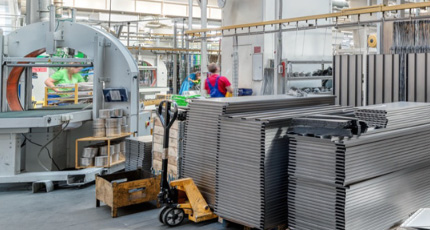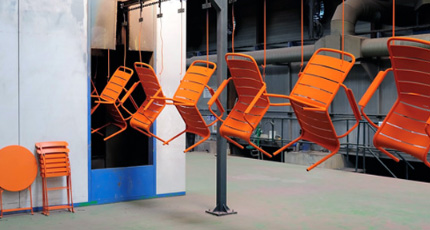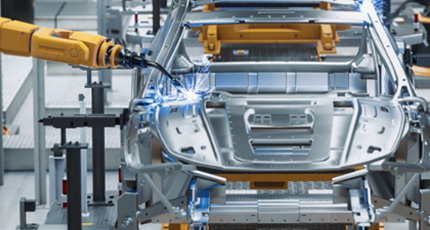One of the biggest challenges in press brake operations is minimizing downtime during setup. For intermediate operators, learning to streamline the preparation process can significantly boost productivity. This is where press brake setup time reduction becomes a core skill.
4.1 Common Setup Challenges
- Frequent tool changes – Switching punches and dies between jobs can be time-consuming.
- Positioning errors – Incorrect back gauge or tool alignment often leads to rework.
- Repetitive adjustments – Operators may spend too much time fine-tuning before production.
4.2 How to Reduce Setup Time Effectively
- Use quick-change clamping systems – Hydraulic or pneumatic clamps allow faster tool swaps compared to manual tightening.
- Take advantage of CNC memory functions – Save proven programs, back gauge positions, and bending parameters for repeat jobs.
- Organize tools in advance – Store punches and dies in a logical sequence for quick access.
- Standardize setups – Whenever possible, use common tools across multiple jobs to avoid unnecessary changes.
4.3 Benefits of Efficient Setup
- Shorter lead times and improved throughput.
- Less operator fatigue from repetitive adjustments.
- Higher consistency between shifts.
- Increased competitiveness in high-mix, low-volume production.
By applying these methods, operators not only save valuable minutes but also create a smoother workflow. Effective press brake setup time reduction directly contributes to workshop efficiency.
















